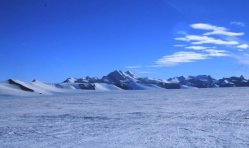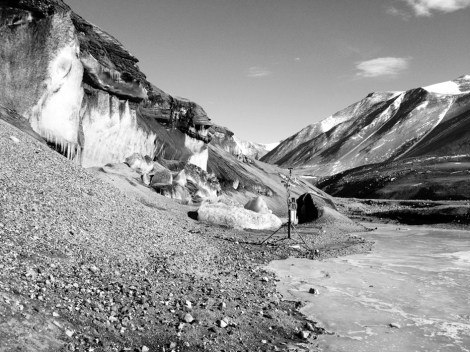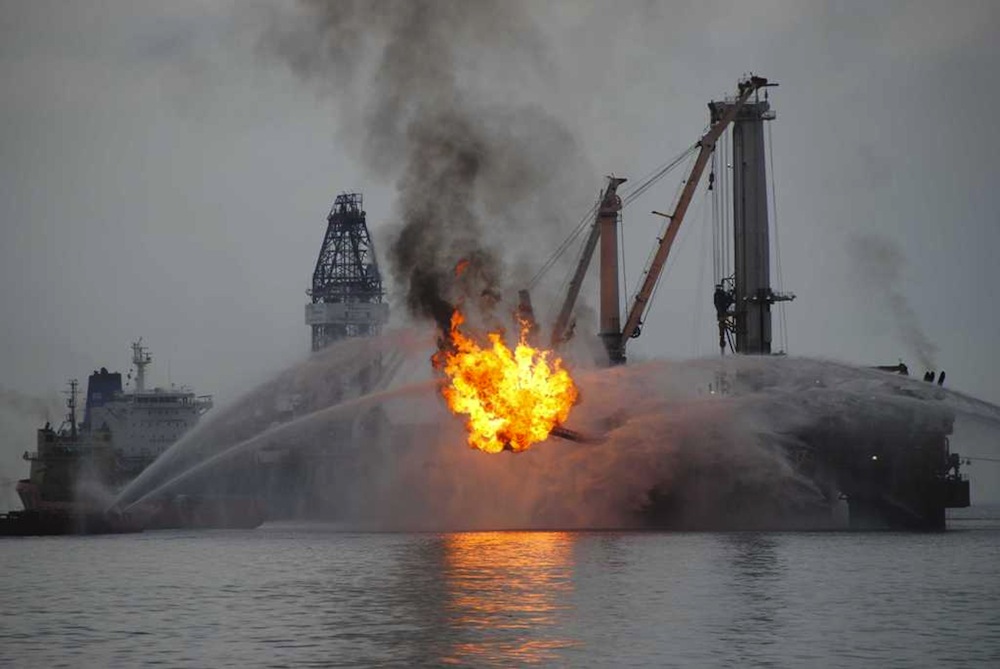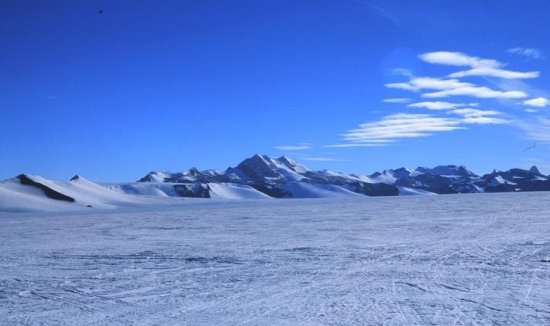
NASA’s Marshall Space Flight CenterAntarctica.
Things are getting ugly on Earth’s underside.
Antarctic permafrost, which had been weathering global warming far better than areas around the North Pole, is starting to give way. Scientists have recorded some of it melting at rates that are nearly comparable to those in the Arctic.
Scientists used time-lapse photography and LiDAR to track the retreat of an Antarctic ice cliff over a little more than a decade. They reported Wednesday in the journal Scientific Reports that the cliff was “backwasting rapidly.” The permafrost that made up the cliff was found to be disappearing nearly 10 times more quickly than was the case during recent geological history. And the rate of melting is picking up pace. From the Los Angeles Times:
Cliff-face measurements of the buried ice in the four-mile-long Garwood Valley revealed melt rates that shifted from a creeping annual rate of about 40,000 cubic feet per year over six milleniums, to more than 402,000 cubic feet last year alone. … (That’s a leap from the capacity of about eight standard railroad boxcars to 77.)
The scientists also monitored the weather at the cliff and found that rising air temperatures were not to blame for the melt. Rather, they think it was caused by growing amounts of dark debris on the surface of the ice and snow that absorbed the sun’s rays.
How did the debris get there? During sudden bursts of warmth brought to the area by strong winds from other regions, ice expanded and cracked and sometimes broke up, throwing the dark debris up to the surface.

Scientific ReportsMonitoring equipment placed in front of the cliff.
If temperatures in the valley eventually start to rise, as expected with global warming, then things could get really watery. From the L.A. Times again:
[The scientists] found that changing patterns of soil erosion altered the amount of solar radiation absorbed in the area, known as the albedo effect, adding about two watts of energy per square meter. (That’s about the power of a candle style lightbulb radiating on less than a third of a sheet of plywood.)
“It doesn’t sound like much to crank up two watts at a time but when you add this up over the last several decades, it’s enough to tip the balance in Garwood from having buried ice in equilibrium to having accelerated melting,” [said geologist Joseph Levy, lead author of the study]. “It’s serious because when you think about permafrost thaw in the Arctic and Antarctic peninsula, usually people think about air temperature. But the dry valley has been in a cooling trend that started about 20 years ago.”
Adding a small rise in temperature, as predicted by climate models, would cause a wide swath of the valley to melt, Levy warned. …
That type of accelerated melt could become typical at the fringes of much larger areas, such as Antarctica’s ice sheets and the land ice in Greenland. Unlike the dry valley thaw, those melts would contribute significantly to rising sea levels.
The scientists reported on the results of studies of just one Antarctic ice cliff, but their findings suggest that similar frozen features across swaths of the southern continent are also vulnerable. “Garwood Valley ice cliff recession may be a leading indicator of more widespread landscape change,” they wrote in the paper. Such changes could “transform low elevation and coastal Antarctic landscapes by the close of the century.”



